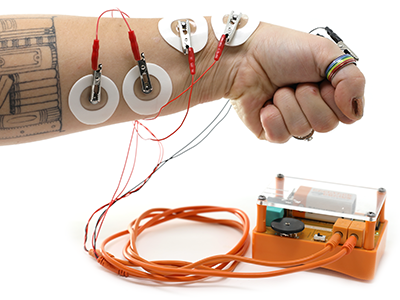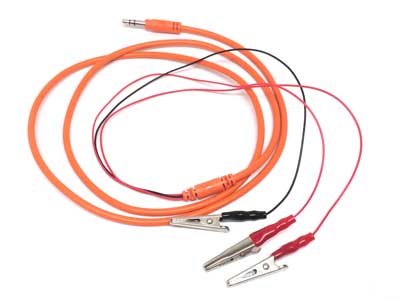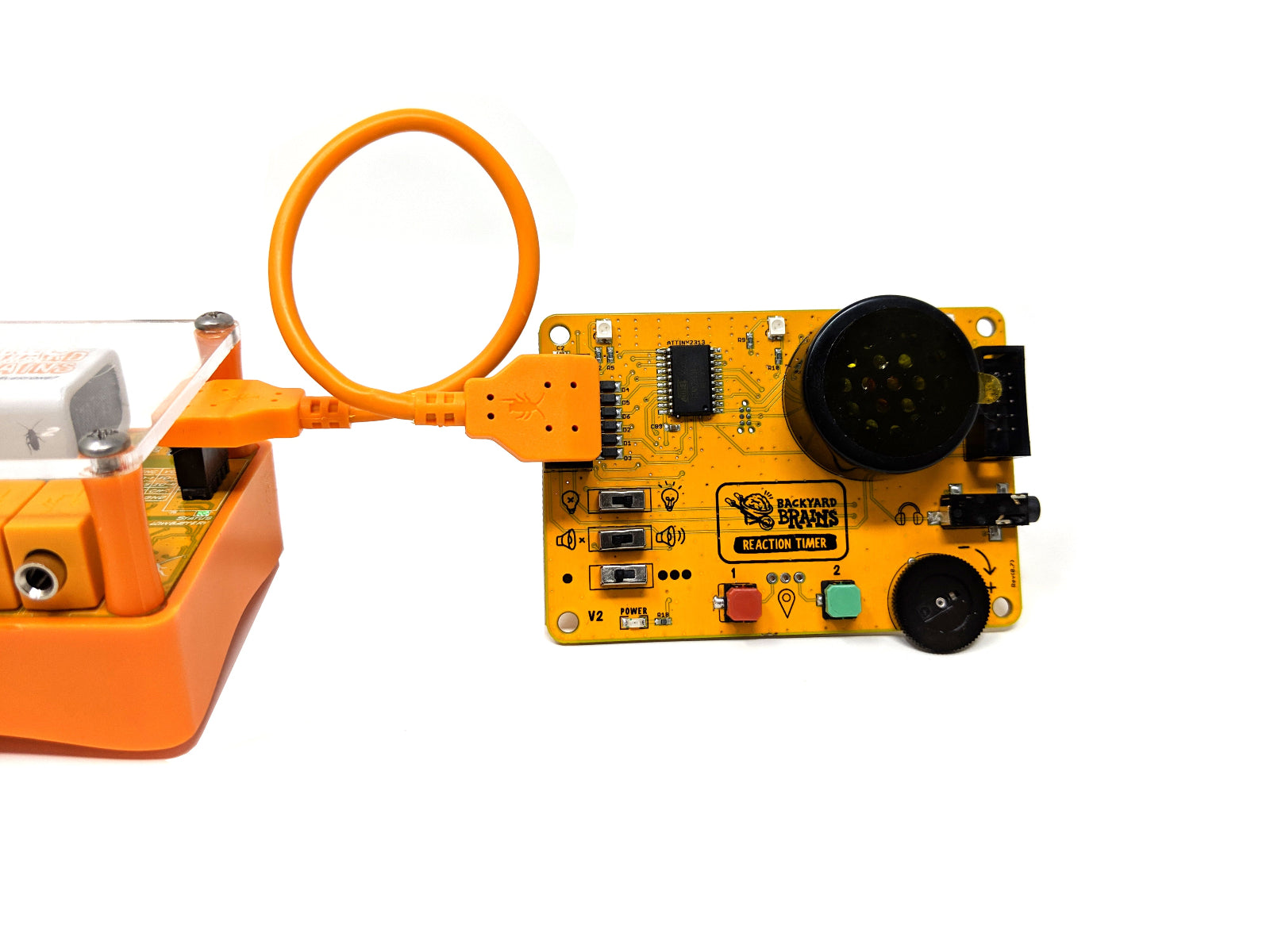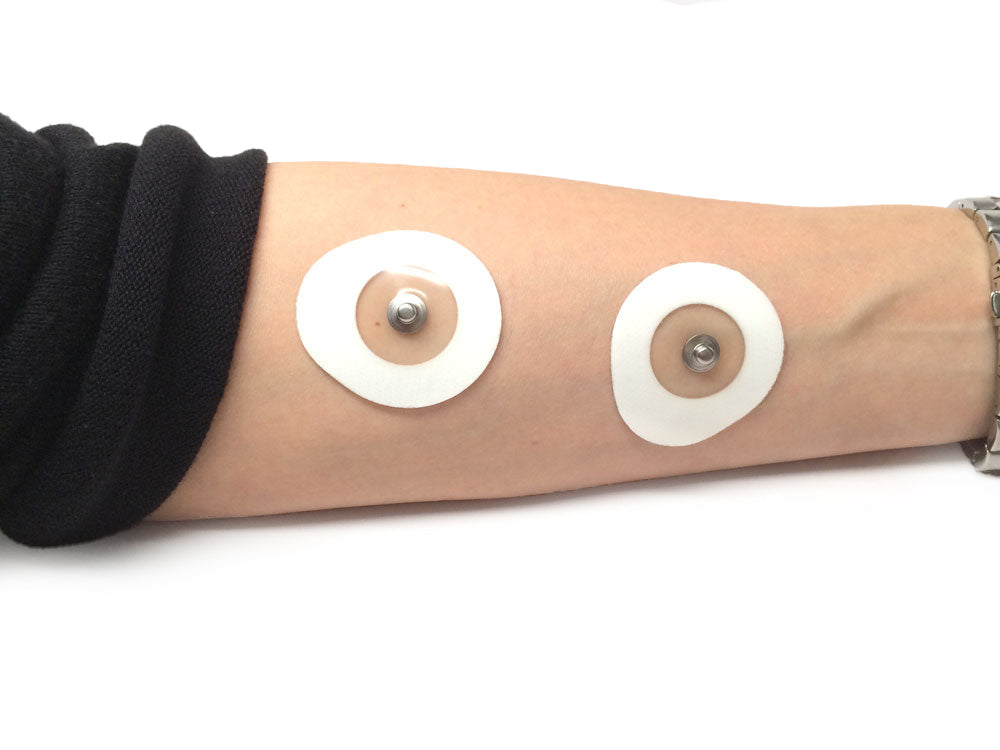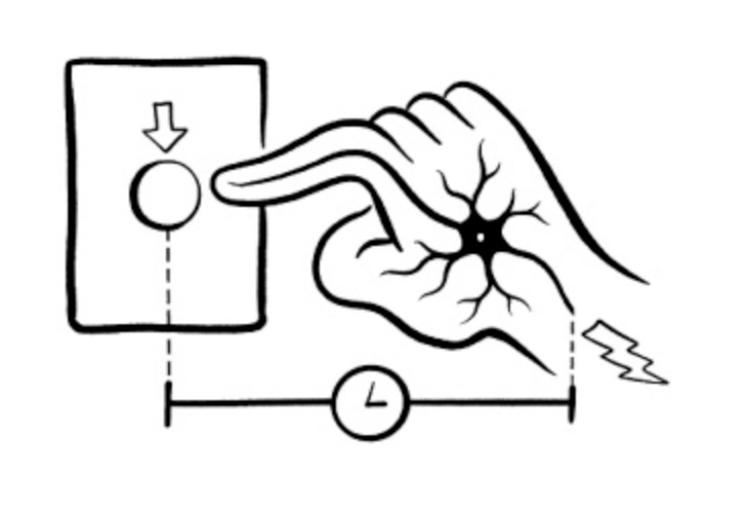
Auditory Motor Reaction Time

Bang! The starting gun sounds, and you're off! How quickly can your brain process the sound and send a command to your muscles makes a difference! Maybe that's what helped Usain Bolt! In this experiment, we explore auditory reaction time—the interval between hearing a stimulus and reacting with movement. A brief tone plays, and your brain races to process the cue. Test your auditory-motor response and see how fast you really are!
About experiment
What Will You Learn?
- How to measure and calculate your own reaction times using muscle electrical activity.
- How long the nervous system takes to process auditory stimuli.
- Compare auditory processing with the brain’s visual processing.
- How to quantify and analyze data for scientific experiments.
Background
Humans need to react to many things quickly… a fast-approaching ball to your head (visual), a spider crawling on your neck (tactile), or a loud barking dog (auditory). Does the brain process all these cues the same way? We will find out.
Before doing this experiment, please complete the Visual-Motor Reaction Time Lab.
Using the Human SpikerBox and the Reaction Timer, we will precisely measure reaction times. In this experiment, we focus on auditory reaction time—how quickly your brain responds when you hear a tone. By analyzing the time between the sound cue and your muscle movement, we can gain insight into neural processing speeds and learn about the pathways your brain uses.
Experiment
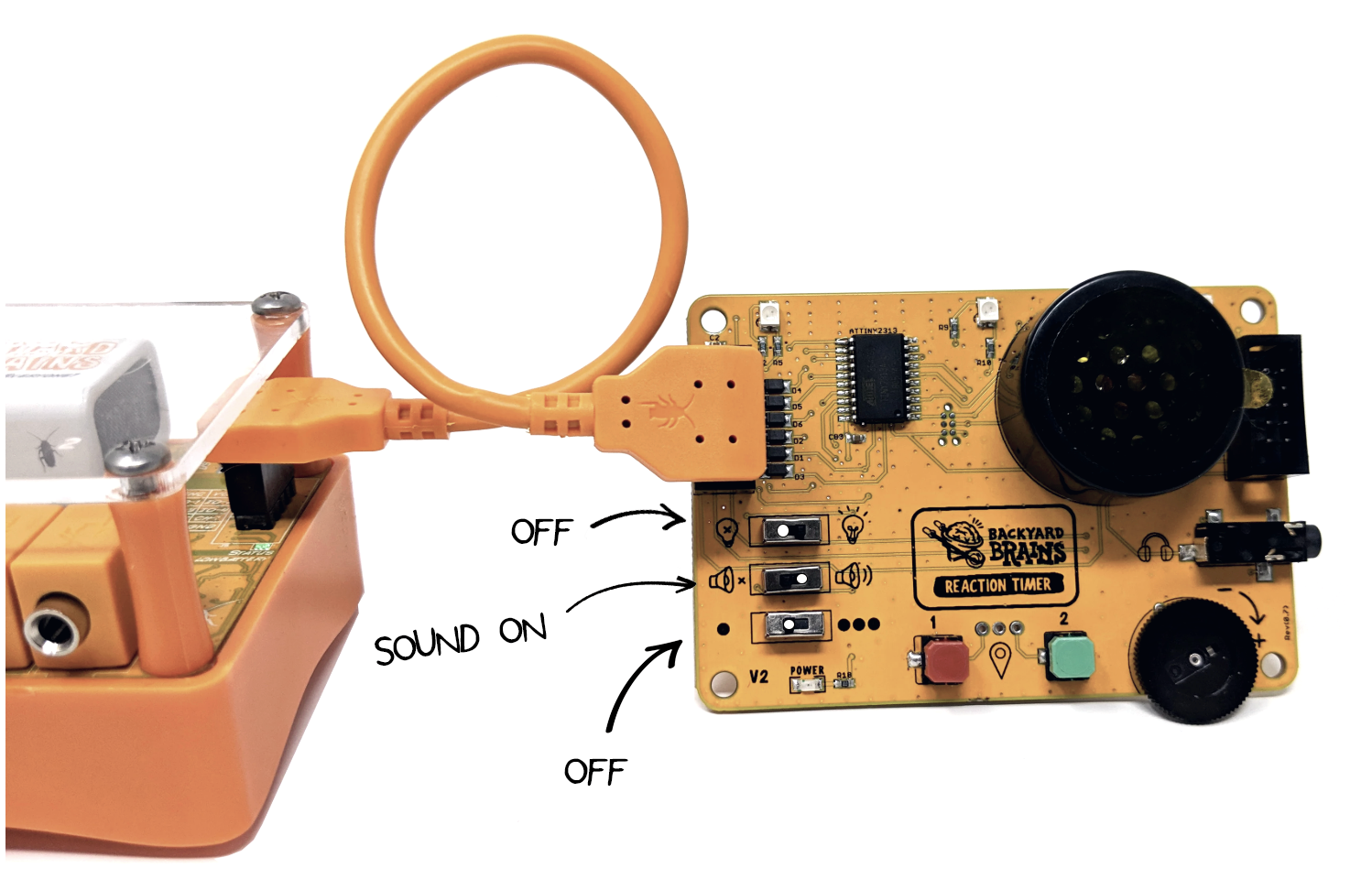
Setup – Hardware
Setup
Plug the Human SpikerBox into your device via USB, then connect the Reaction Timer using the orange cable. Make sure the Audio Output is turned On (verify the built-in speaker is active or that your headphones are connected) and that the other two switches are set to Off.
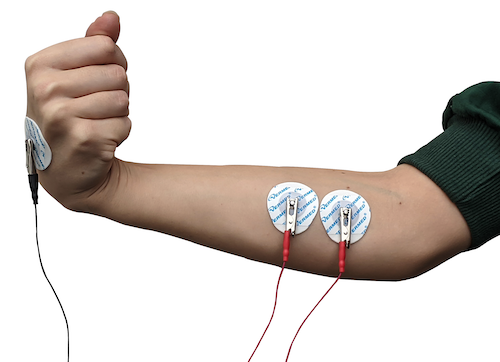
Setup – Electrode Placement
Hook an arm up to the Human SpikerBox by attaching the two red clips to the stickers on the user’s forearm and the black clip to the sticker on the back of the user’s hand.
Connect the electrode cable to the SpikerBox and ensure the battery is installed correctly. Open the SpikeRecorder software and turn on your SpikerBox.
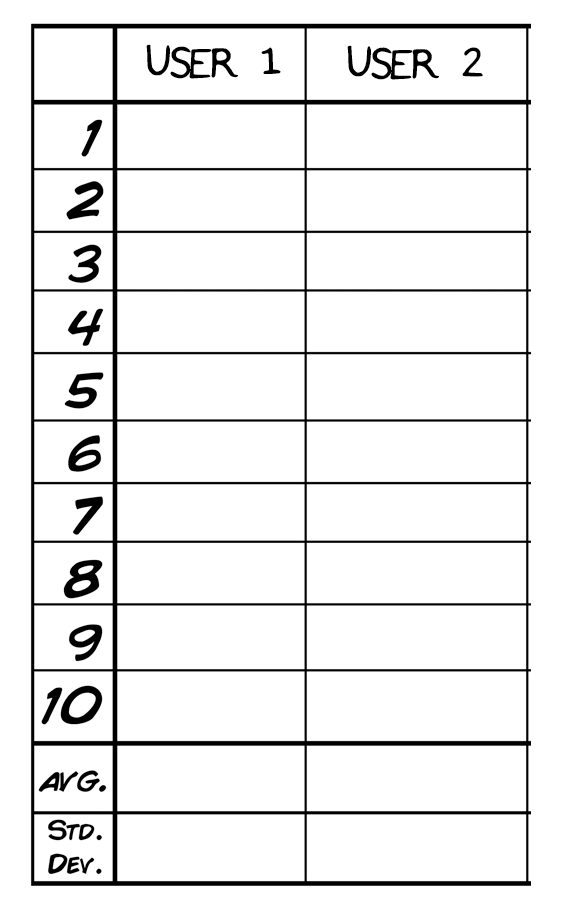
Run the Trial
You are all set up! This task requires two people, so you’ll need a partner. One person will be the experimenter and the other the subject. You will record a Simple Reaction Time—how fast can you react with no distractions?
Have the subject (the one connected to the Human SpikerBox) focus on the Reaction Timer. Explain that their goal is to flex their muscle as quickly as possible in response to an auditory cue. For this experiment, use the green button. When the experimenter presses it, a tone will sound from the built-in speaker. If ambient noise is distracting, the subject may wear headphones (there is a headphone port and volume control in the Reaction Timer).
Start recording on the SpikeRecorder App!
The experimenter will press the button 10 times at random intervals. Vary the timing and cover your fingers so the subject can react only to the sound. When finished, measure the reaction times in SpikeRecorder and calculate the average. Who in your group reacts the fastest?
Results & Analysis
Compare your results with the class. Compare the average auditory reaction time with the visual reaction time you measured earlier. Which pathway is faster, and why do you think that is?
What do you need?
-
Related Products


